
Photo Gallery | 173148 Views | May 06,2019
Jan 5 , 2025.
Last week, the foreign exchange market provided a window into the persistent tussle between policy objectives and market forces. An outlier emerged in Tsehay Bank, which decisively pushed past the 125 Br mark in its buying rate, raising eyebrows among industry observers who note the potential for heightened competition to further strain forex availability.
From December 30, 2024, to January 4, 2025, the Brewed Buck’s gradual depreciation against the Green Buck continued unabated, culminating in a consistent upward trend that led some banks to cross symbolic rate thresholds. Though most banks raised their rates, Tsehay Bank’s move stood out for its assertiveness, with a buying rate of 125.96 Br and a selling rate of 128.48 Br on January 3 and 4. By surpassing the 125 Br psychological barrier, its forex managers effectively signalled they were hunting for a larger share of hard currency inflows from remittances and exports, even if they risked fueling further market pressures.
Such divergence brought forth the broader questions shaping the foreign exchange market.
While Tsehay Bank’s aggressive rates showed a willingness to capitalise on Birr's downward trajectory, several competitors demonstrated wariness in steering market volatility. Banks like ZamZam and Goh Betoch, for instance, kept their buying rates a few cents below the 125 Br mark on January 4, posting 124.99 Br and 124.97 Br, respectively. This marginal gap from the 125 Br line alluded to a preference for caution, likely managing exposure to shifting currency dynamics.
The conservative position could appeal to importers and businesses wary of steep rate fluctuations, even if it reduces these banks’ immediate competitiveness in attracting foreign exchange. It could also indicate an unofficial understanding in the industry that rates need to be checked below the 125 Br mark, exposing the tension between policy roles and profit-driven imperatives.
The state-owned Commercial Bank of Ethiopia (CBE) continued to post the lowest rates in the market. On January 4, its buying rate stood at 124 Br, well below the private banks' averages, and its selling rate lingered at 126.48 Br. CBE has been viewed as an anchor of stability, ensuring state-directed access to foreign currency for strategic sectors rather than chasing market share. Yet the gap between CBE and its private competitors may raise issues about how sustainable this approach will be as competitive pressures intensify.
While CBE remains a crucial conduit for funnelling hard currency to essential economic activities, it operates as a policy instrument first and a profit-driven enterprise second. Against the backdrop of a steadily depreciating Brewed Buck, that mission is becoming increasingly unattainable.
The Big Four — Awash, Abyssinia, Dashen, and Wegagen — proved the clout that major private banks wield in setting the pace for forex rates. Their positions hovered around 125.70 Br on the buying side, uncovering a balancing act between going too high and risking undue pressure on their reserves, or going too low and ceding market share to leaner but more aggressive players.
Bank of Abyssinia (BoA) on January 4 posted a buying rate of 124.80 Br and a selling rate of 127.30 Br, while Dashen, Wegagen, and Awash hewed close to these rates. The near-uniformity among the top-tier lenders revealed a shared view of near-term depreciation risk and an acknowledgement that none can afford to stray too far from the rest without paying a competitive price. Yet the show of unity also exposed an underlying constraint. These larger institutions may find it difficult to match the pressure coming from smaller banks looking to stand out through higher rates.
Throughout the final days of 2024 and the start of 2025, the Brewed Buck's losses against the Green Buck exerted pressure across the forex market. The average buying rate climbed to around 124.8 Br, while the selling rate neared 127.2 Br, representing a two percent margin that the industry relies on for profit-taking. By pushing a selling rate of 128.48 Br, however, Tsehay Bank tested the upper limit of this norm, presenting that smaller and mid-sized banks could set more assertive benchmarks going forward.
For market participants, Tsehay Bank’s recent move should raise issues about whether a trend toward higher private bank rates will force established players to follow suit.
Yet caution lingers. The foreign exchange market remains subject to policy interventions by the Central Bank in a still-evolving local economic context. Tsehay Bank’s bold approach may be an early indicator of deeper competitive realignments, particularly if other banks decide that capturing a larger slice of incoming forex is worth the added risk. Banks such as ZamZam and Goh Betoch might continue prioritising rate stability over pushing boundaries, considering their retreat from higher rates posted two weeks ago.
CBE's posturing only reflects its role as a safety valve, showing how a state-driven agenda can diverge from market imperatives. The coming weeks will likely reveal whether Tsehay’s outlier manoeuvring gains traction or if the Big Four’s alignment and CBE’s stabilising influence lead to a narrower band for exchange rates, preserving a measure of predictability in a market that remains on edge.
PUBLISHED ON
Jan 05,2025 [ VOL
25 , NO
1288]

Photo Gallery | 173148 Views | May 06,2019

Photo Gallery | 163372 Views | Apr 26,2019

Photo Gallery | 153302 Views | Oct 06,2021
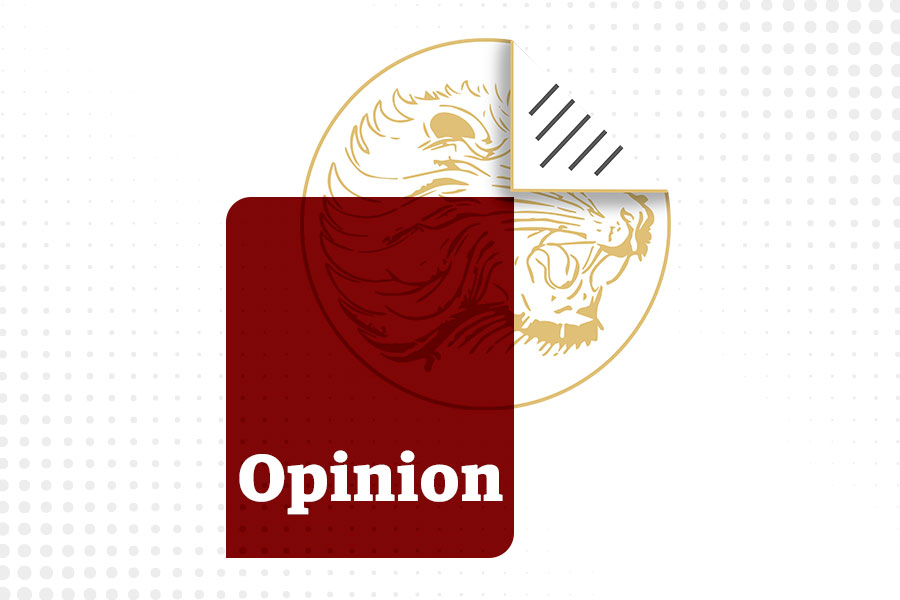
My Opinion | 136475 Views | Aug 14,2021
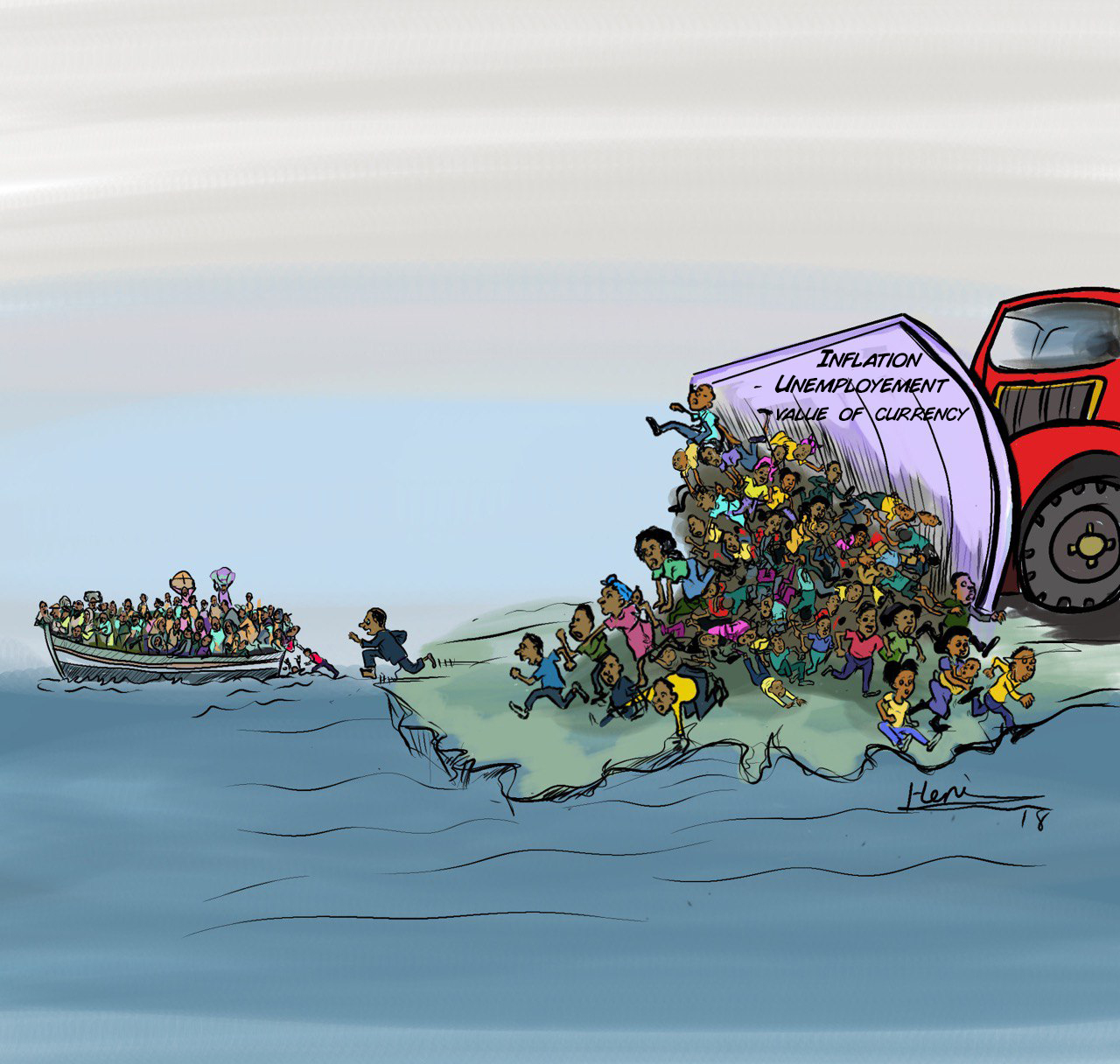
Oct 11 , 2025
Ladislas Farago, a roving Associated Press (AP) correspondent, arrived in Ethiopia in...
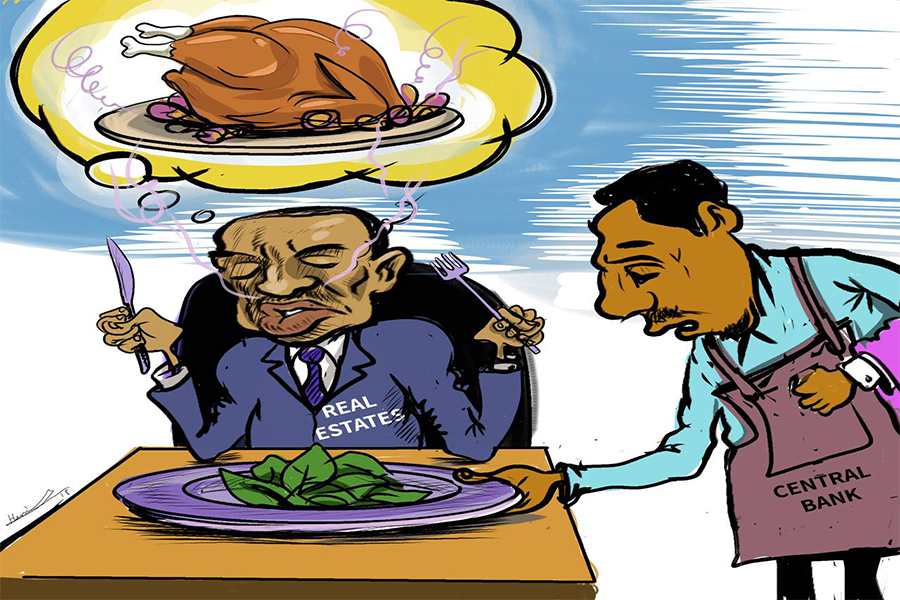
Oct 4 , 2025
Eyob Tekalegn (PhD) had been in the Governor's chair for only weeks when, on Septembe...
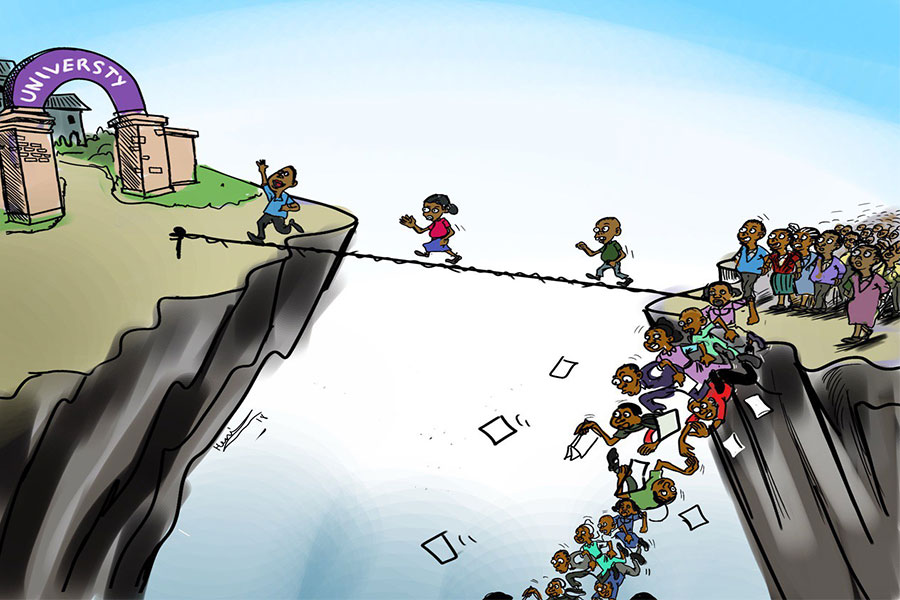
Sep 27 , 2025
Four years into an experiment with “shock therapy” in education, the national moo...
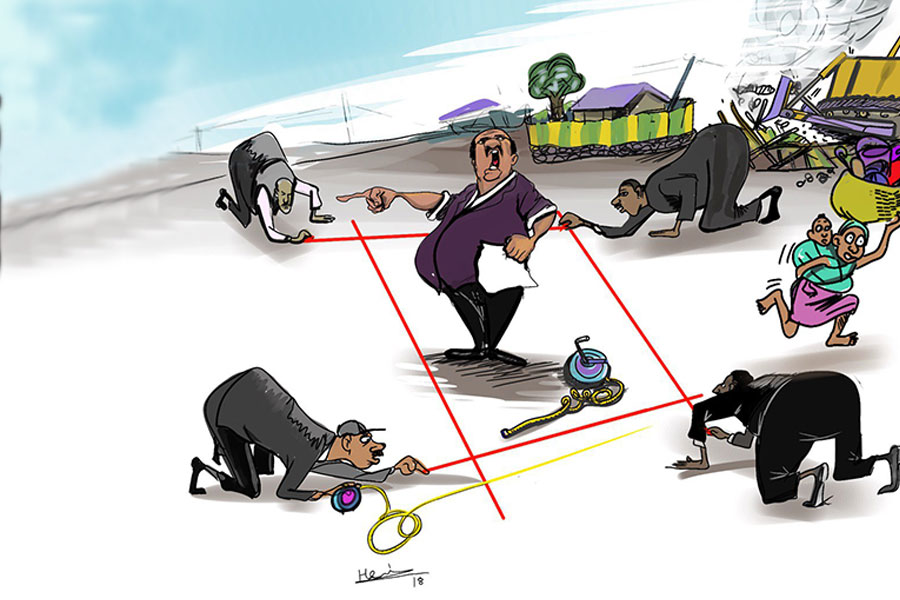
Sep 20 , 2025
Getachew Reda's return to the national stage was always going to stir attention. Once...